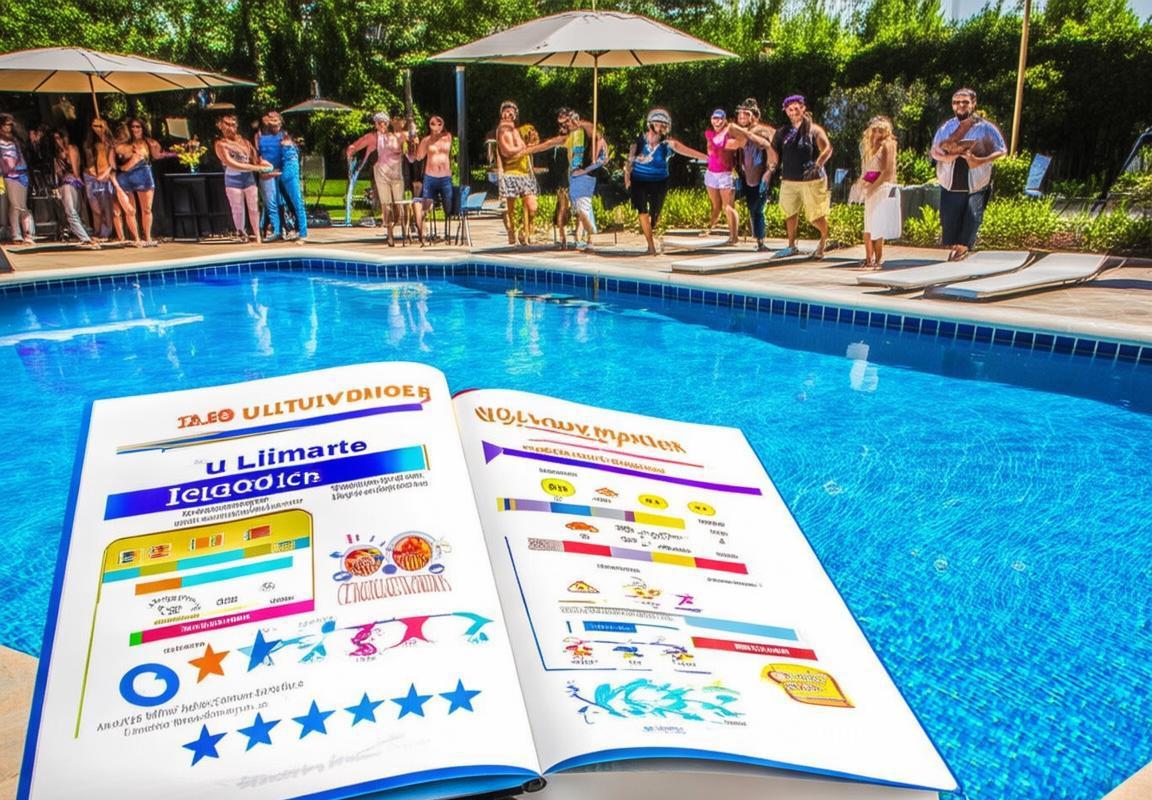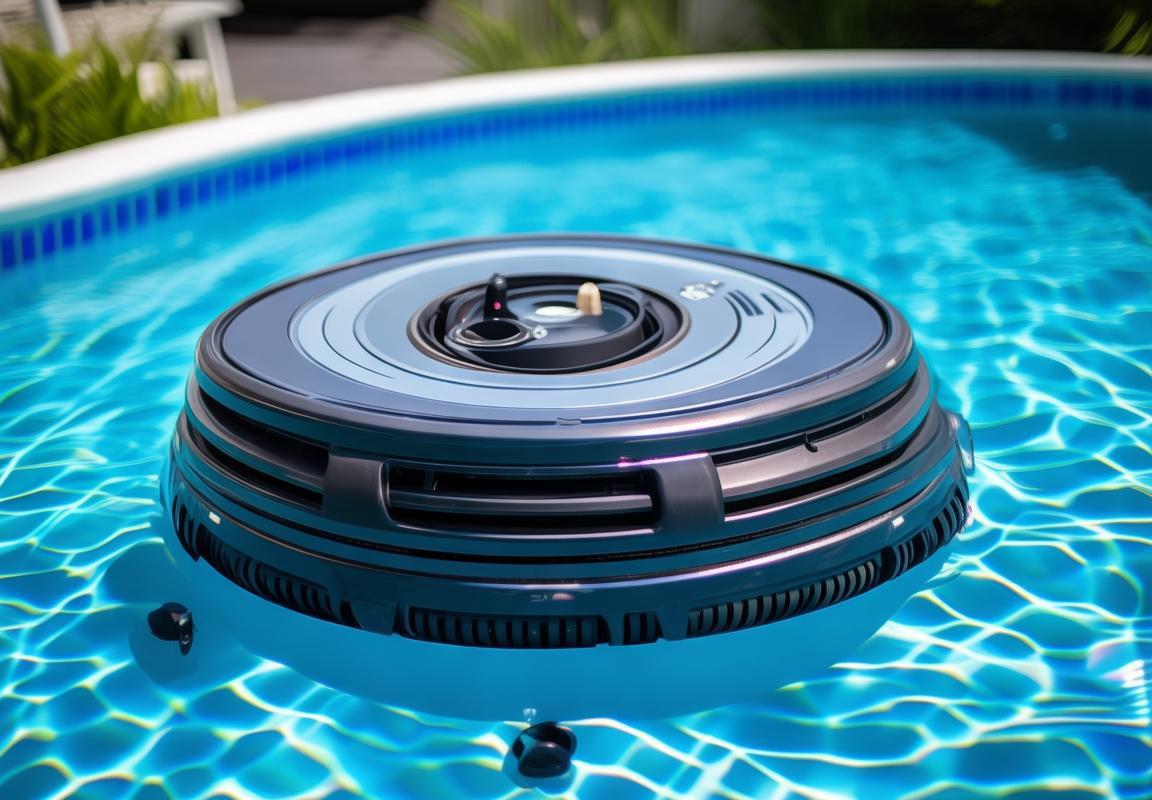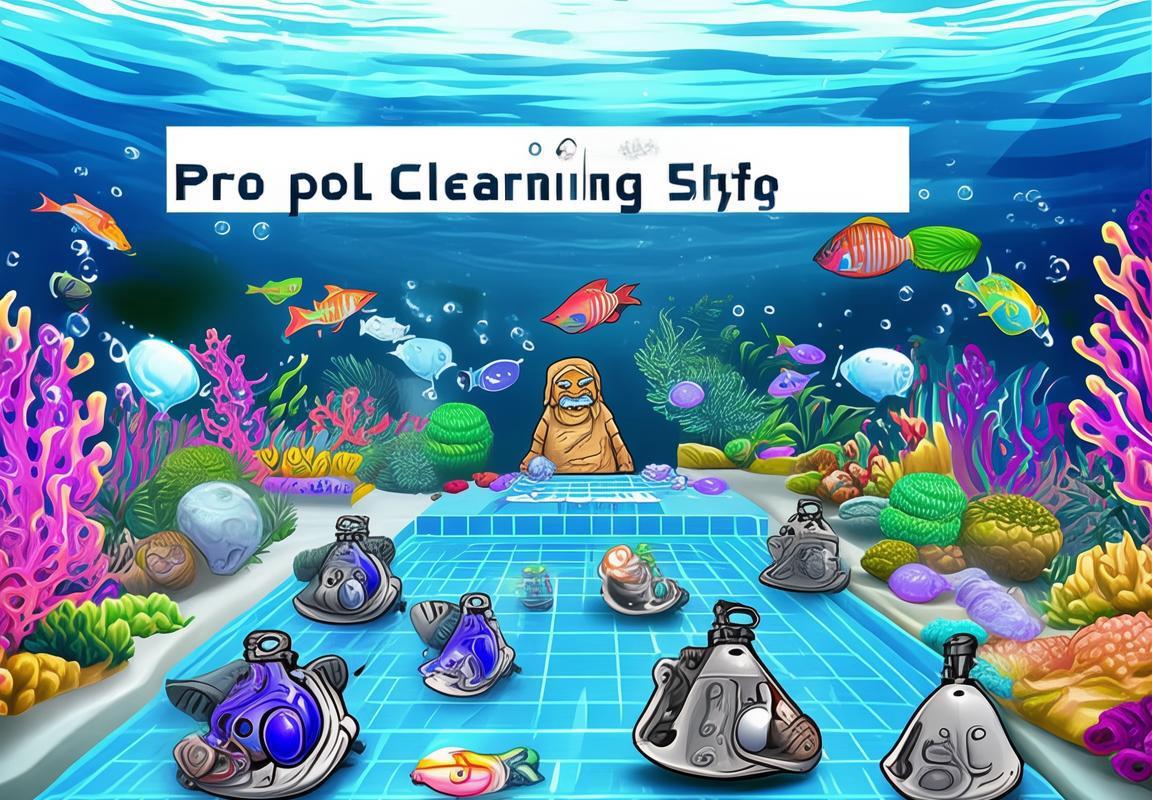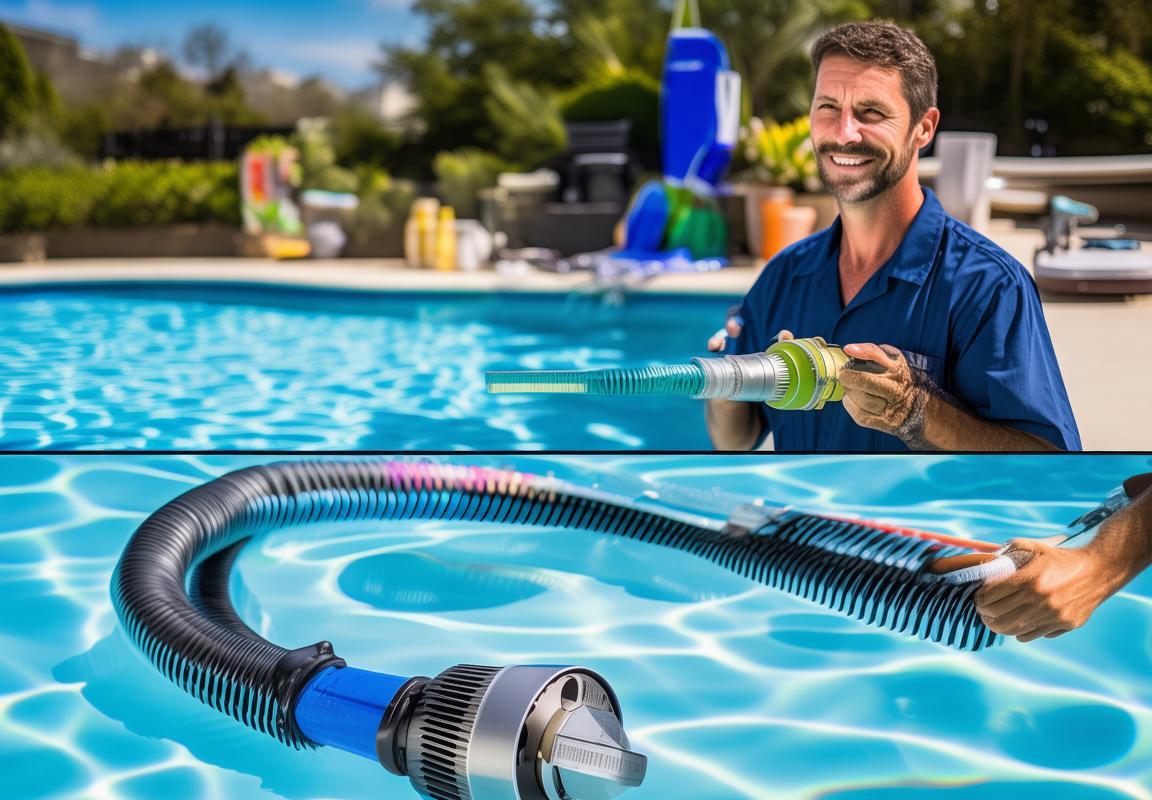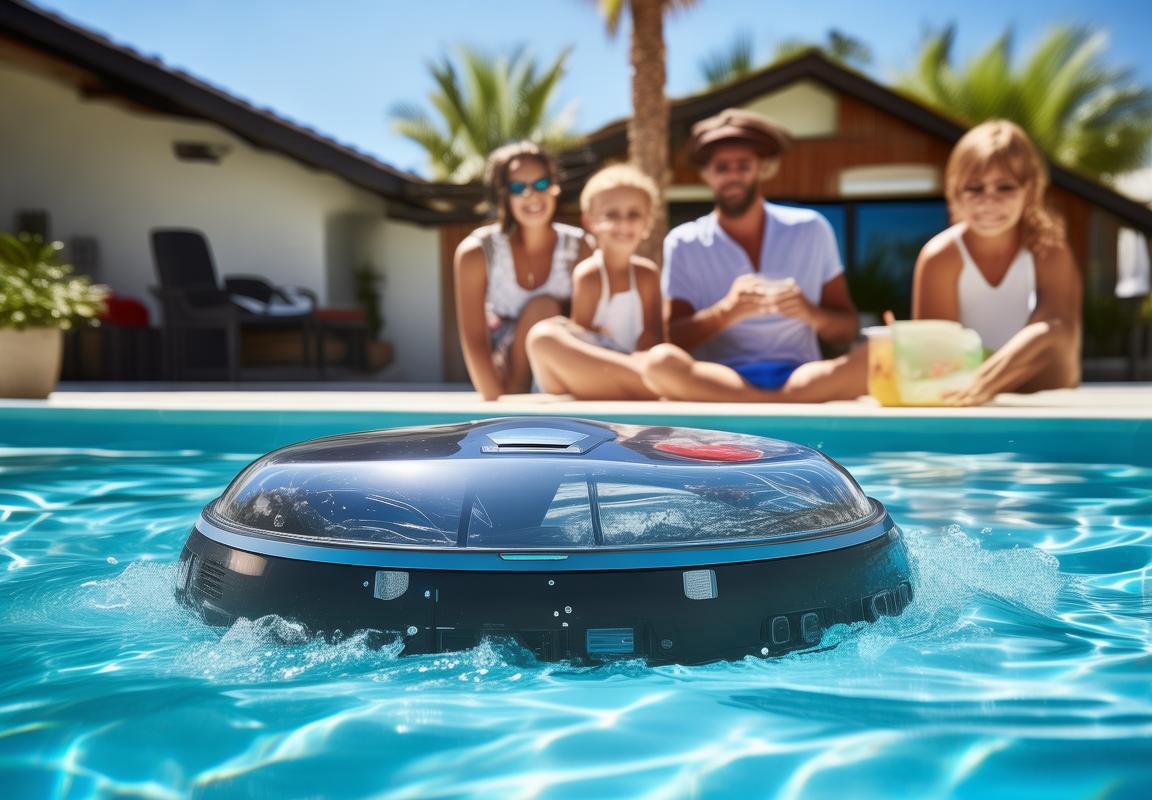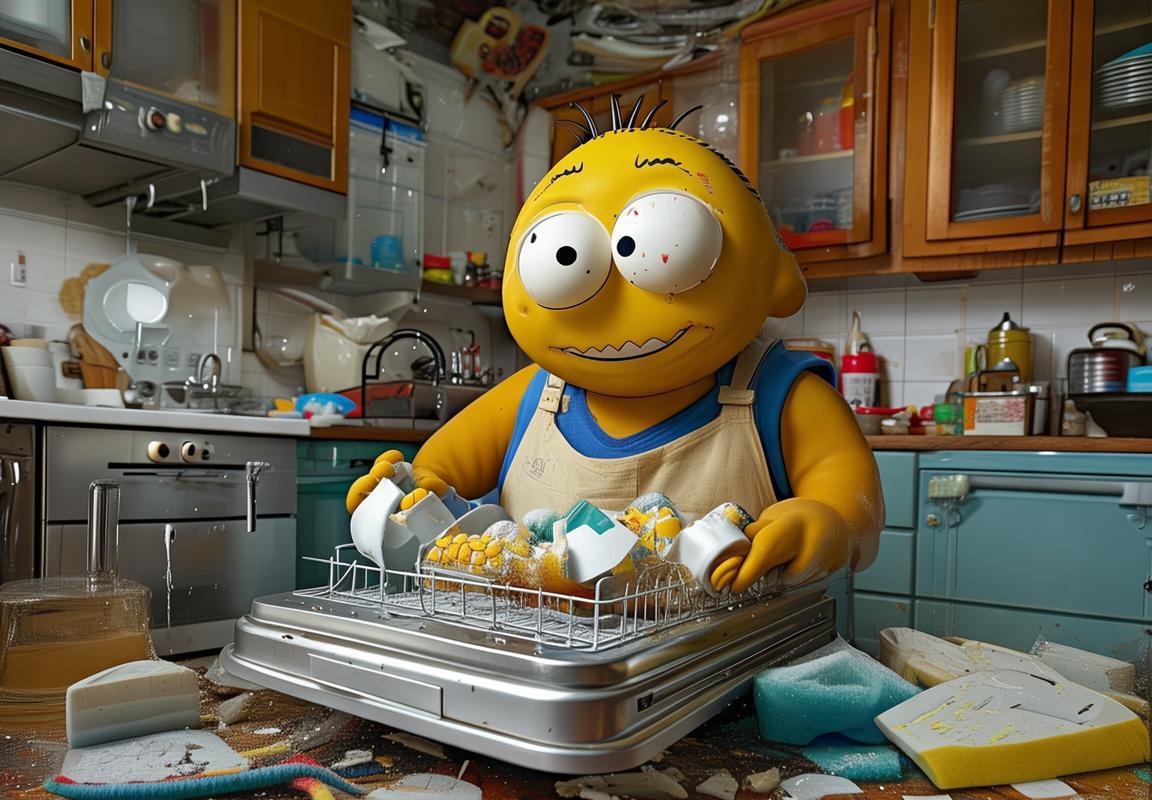Swimming Pool Tile Cleaner Hacks: Muriatic Acid for Pool Tiles & Pro Tips
Keeping your pool tiles sparkling doesn’t require endless scrubbing or harsh chemicals—just the right swimming pool tile cleaner and techniques. Avoid common mistakes like using household bleach or vinegar, which damage tiles and disrupt pH balance, or scraping calcium with metal tools (say goodbye to permanent scratches). For calcium scale, diluted Muriatic Acid for Pool Tiles is the MVP when used safely with a nylon brush, while enzyme-based cleaners tackle grease/algae, and pH-neutral soap handles general grime (a Magic Eraser works wonders but avoid colored tiles). Prevention is key: balance water pH (7.4–7.6), brush weekly, and consider robotic pool tile cleaners to save effort. For stubborn buildup, a pumice stone helps, but severe etching or cracked grout means calling a pro. With the right Swimming Pool Tile Cleaner approach, your tiles will stay Instagram-ready without the drama—so you can relax instead of scrubbing like a maniac.

